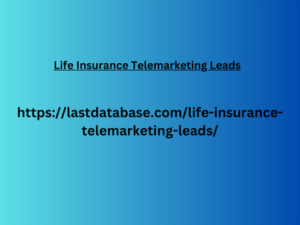hub specifically designed to attract potential customers and convert them into qualified leads for your business. It’s more than just a brochure online; it’s a strategic tool to nurture relationships and build your sales pipeline.
Here’s a breakdown of the key components of a successful lead-generating website:
Content that Captures Attention:
Targeted Value Proposition: Clearly communicate your unique selling proposition (USP) and the value you offer to your target audience.
Informative Content: Develop high-quality content like blog posts, white papers, case studies, or industry reports that addresses your audience’s pain points and establishes your expertise.
SEO Optimization: Optimize your
website content for relevant keywords to ensure it ranks high in search engine results pages (SERPs) where potential customers are searching for solutions.
Calls to Action (CTAs):
Clear and Compelling CTAs:
Guide website visitors toward taking the next step, whether it’s downloading an ebook, subscribing to your newsletter, requesting a demo, or contacting your sales team.
Strategic CTA Placement: Place CTAs prominently throughout your website, on landing pages, and within blog posts to maximize conversion rates.
Multiple CTA Options: Offer different CTA options catering to visitors at various stages of the buyer’s journey.
Landing Pages for Lead Capture:
Targeted Landing Pages: Create dedicated landing pages focused on specific offers or campaigns. Landing pages should have a clear value proposition, a strong CTA, and minimal distractions.
Lead Capture Forms: Utilize lead
capture forms that are user-friendly and request only essential information to avoid discouraging visitors from submitting their details.
Thank You Pages: Thank visitors Life Insurance Telemarketing Leads for submitting their information and provide them with the promised offer (e.g., downloadable content) or next steps.
Additional Features to Enhance Lead Generation:
Live Chat Functionality: Integrate
live chat features to answer visitor does cell phone lead to cancer questions in real-time and capture leads while their interest is high.
Social Proof and Testimonials: Showcase positive testimonials, customer reviews, or case studies to build trust and credibility with potential customers.
Email Marketing Integration: Integrate your website with your email marketing platform to nurture leads through targeted email campaigns.
Optimizing Your Lead-Generating Website:
Mobile-Responsiveness: Ensure your website
has a responsive design that adapts seamlessly to different screen sizes for optimal user experience on mobile devices.
Website Analytics: Utilize website analytics tools to track visitor behavior, measure conversion rates, and identify areas for improvement on your lead generation strategy. A/B testing different CTAs and landing page variations can help optimize performance.
Security and Data Protection: Implement strong security measures to protect user data and comply with data privacy regulations (e.g., GDPR).
Remember: A lead-generating website
is an ongoing process. Regularly evaluate its effectiveness, update content, and refine your strategy based on data and analytics to maximize lead generation and achieve your business goals.



